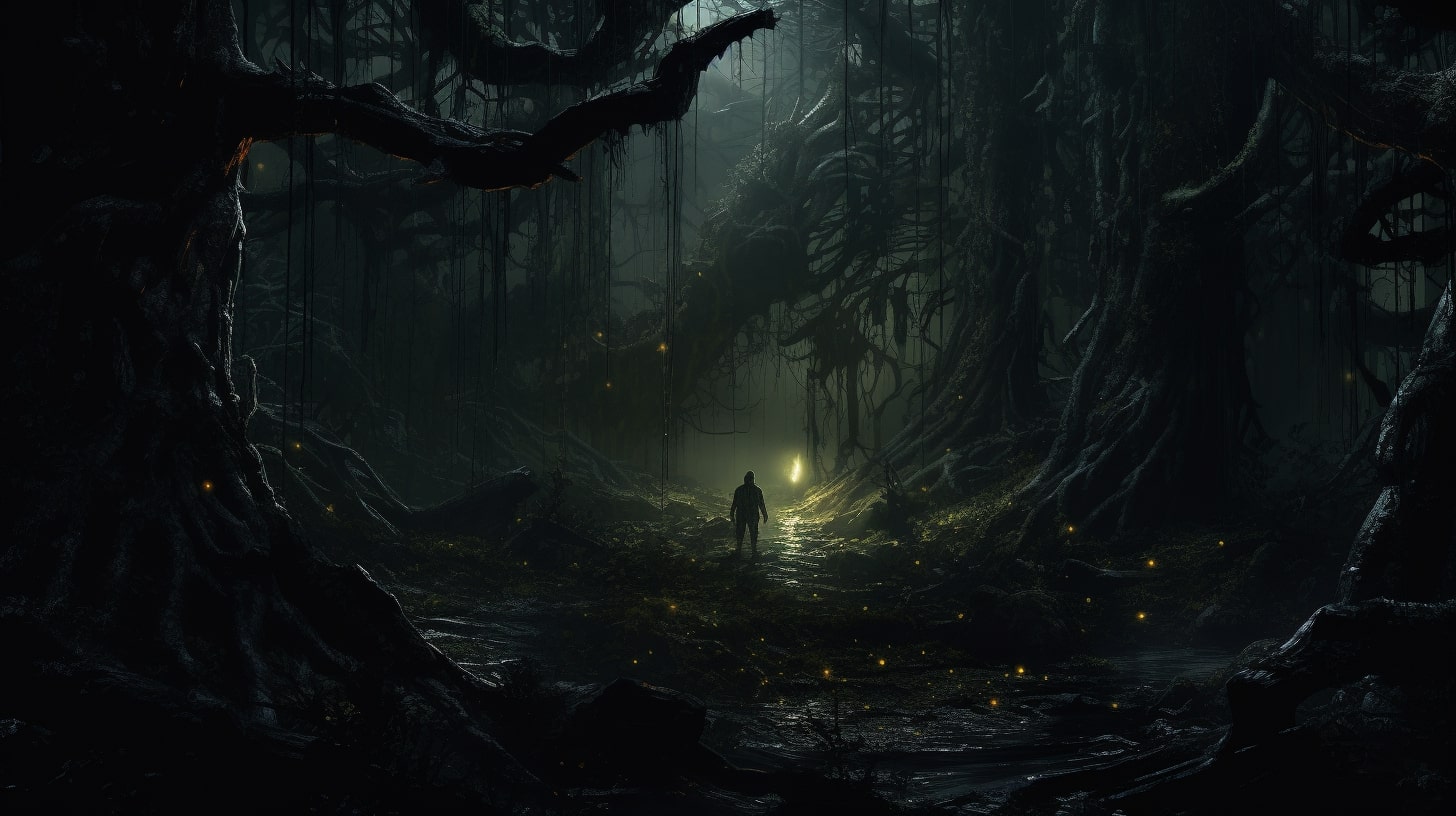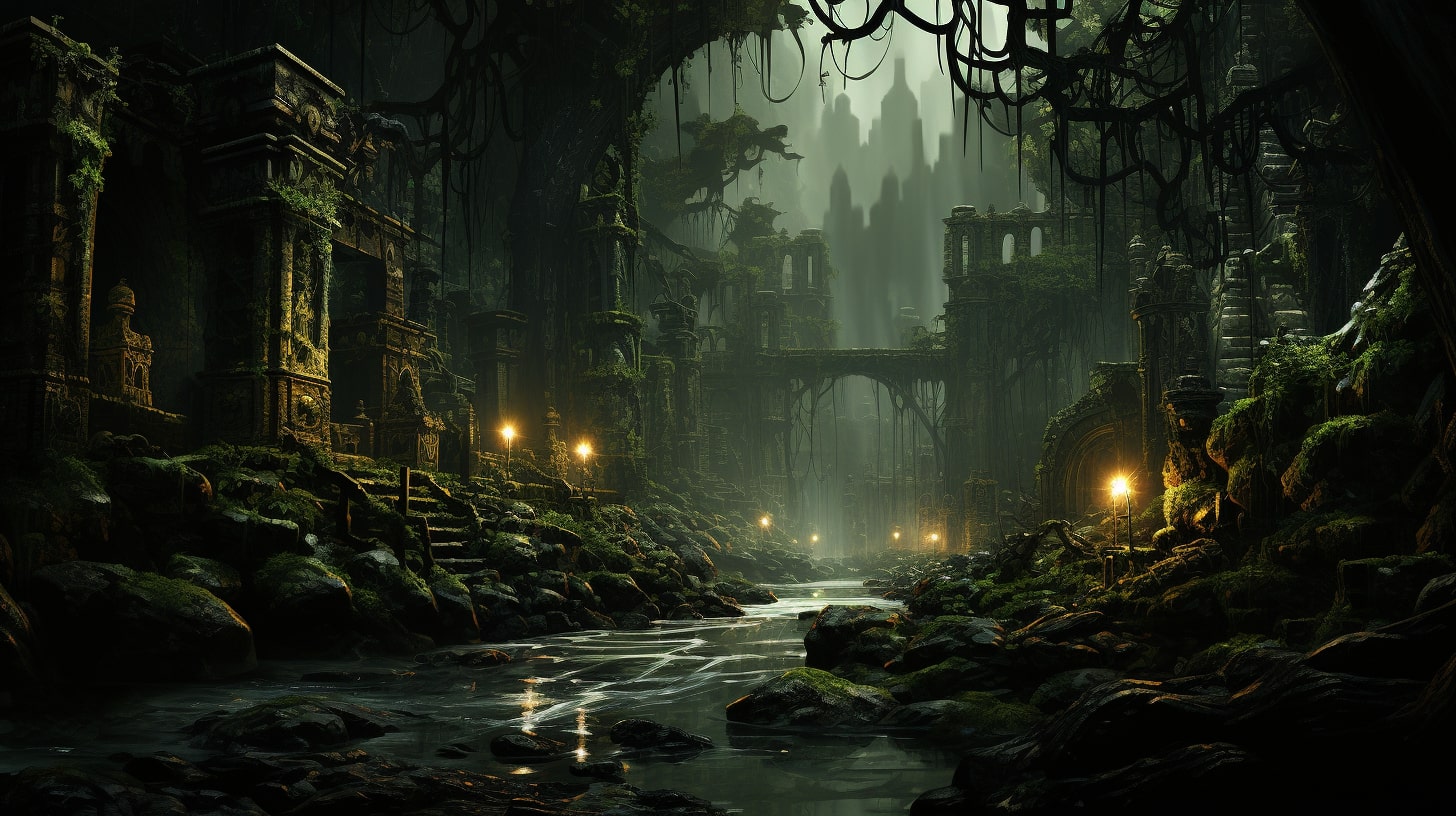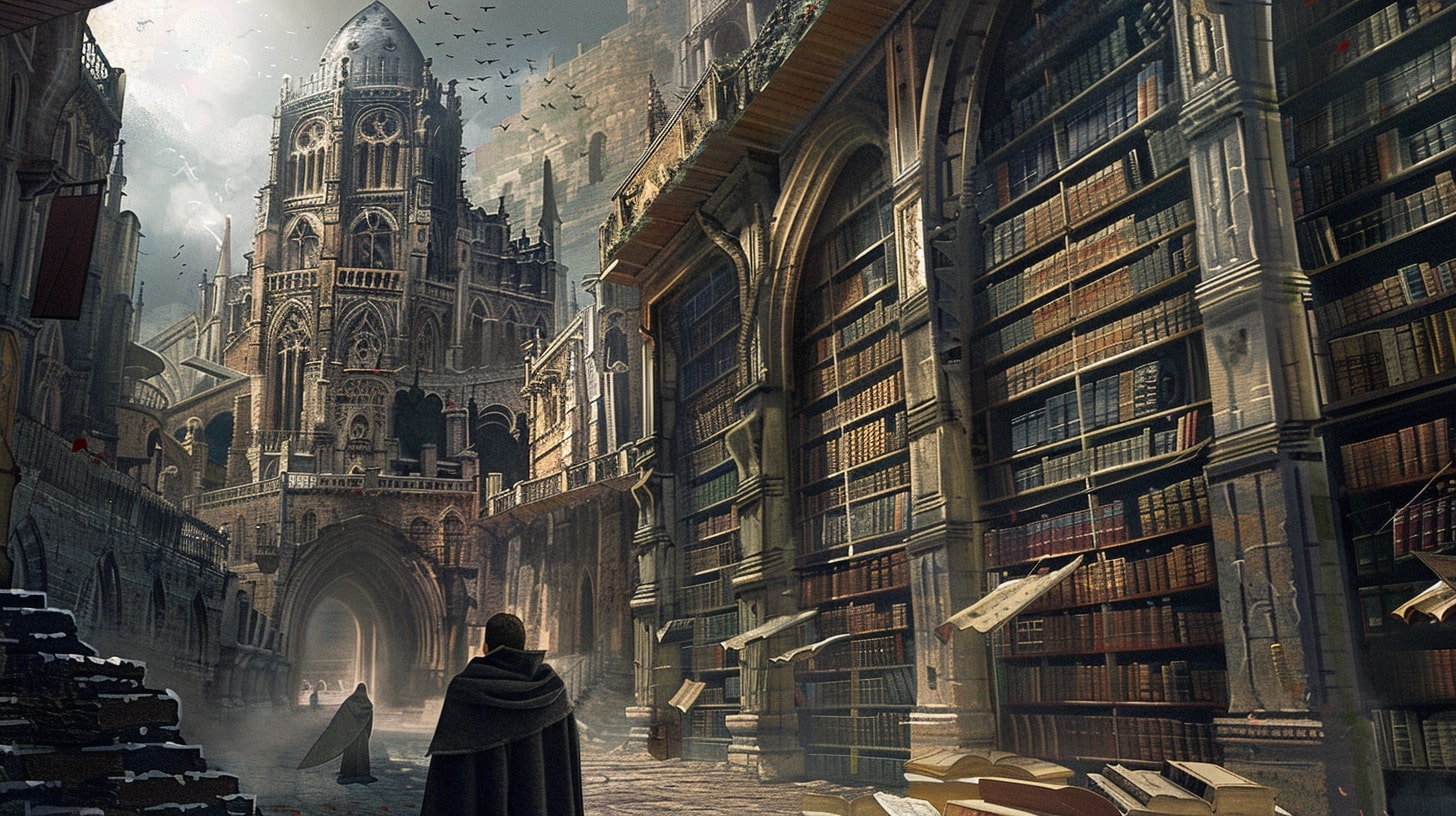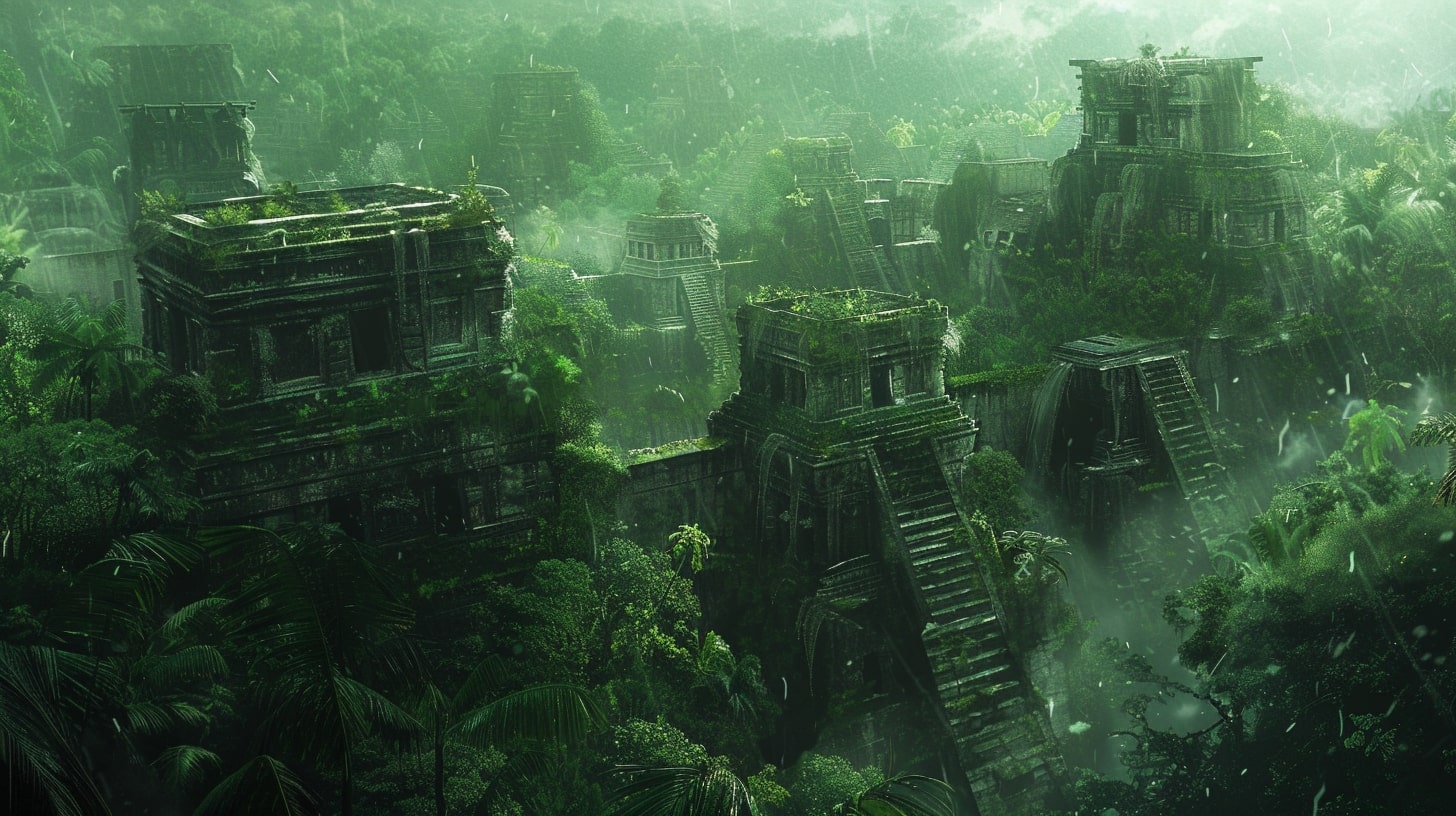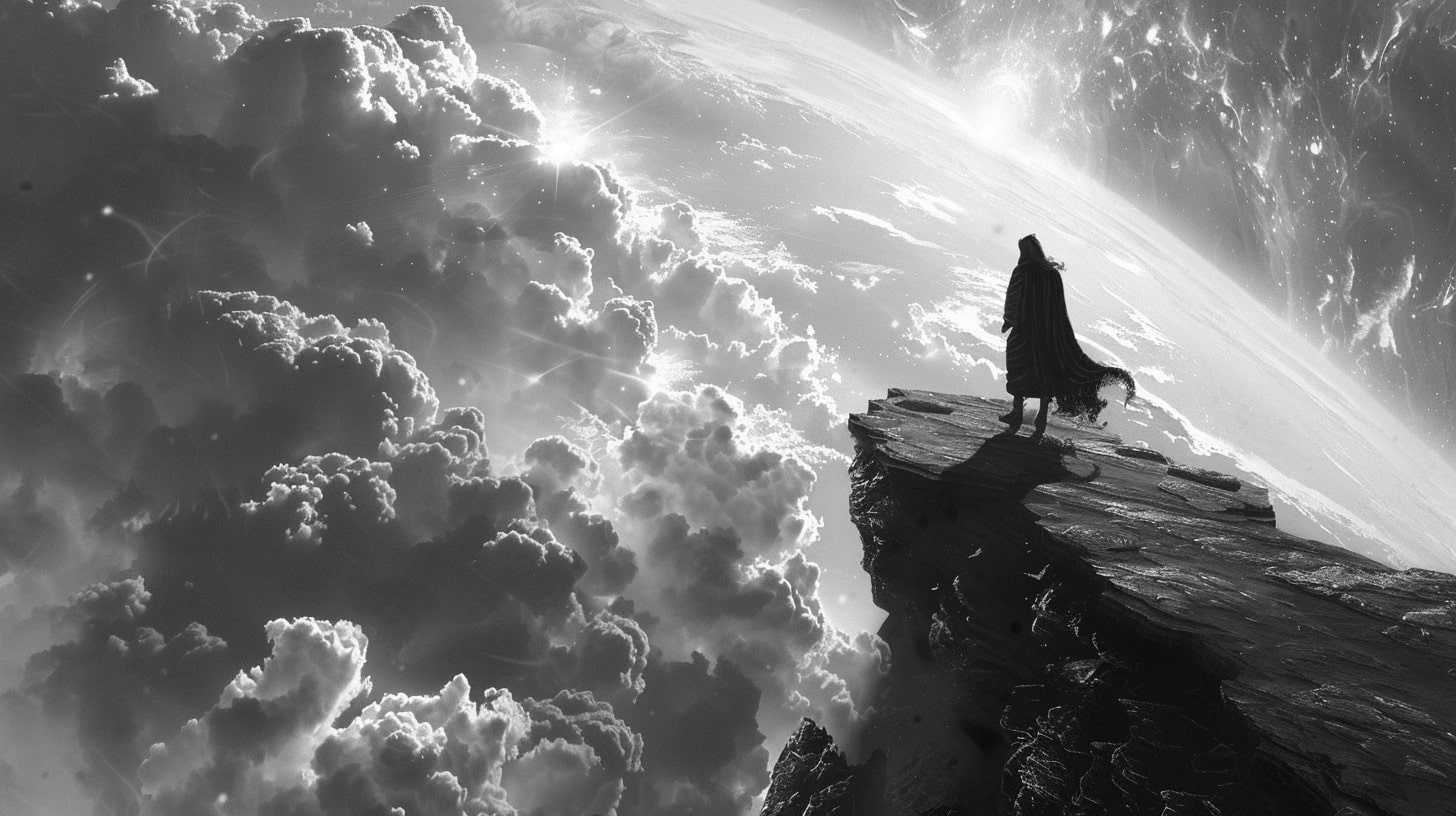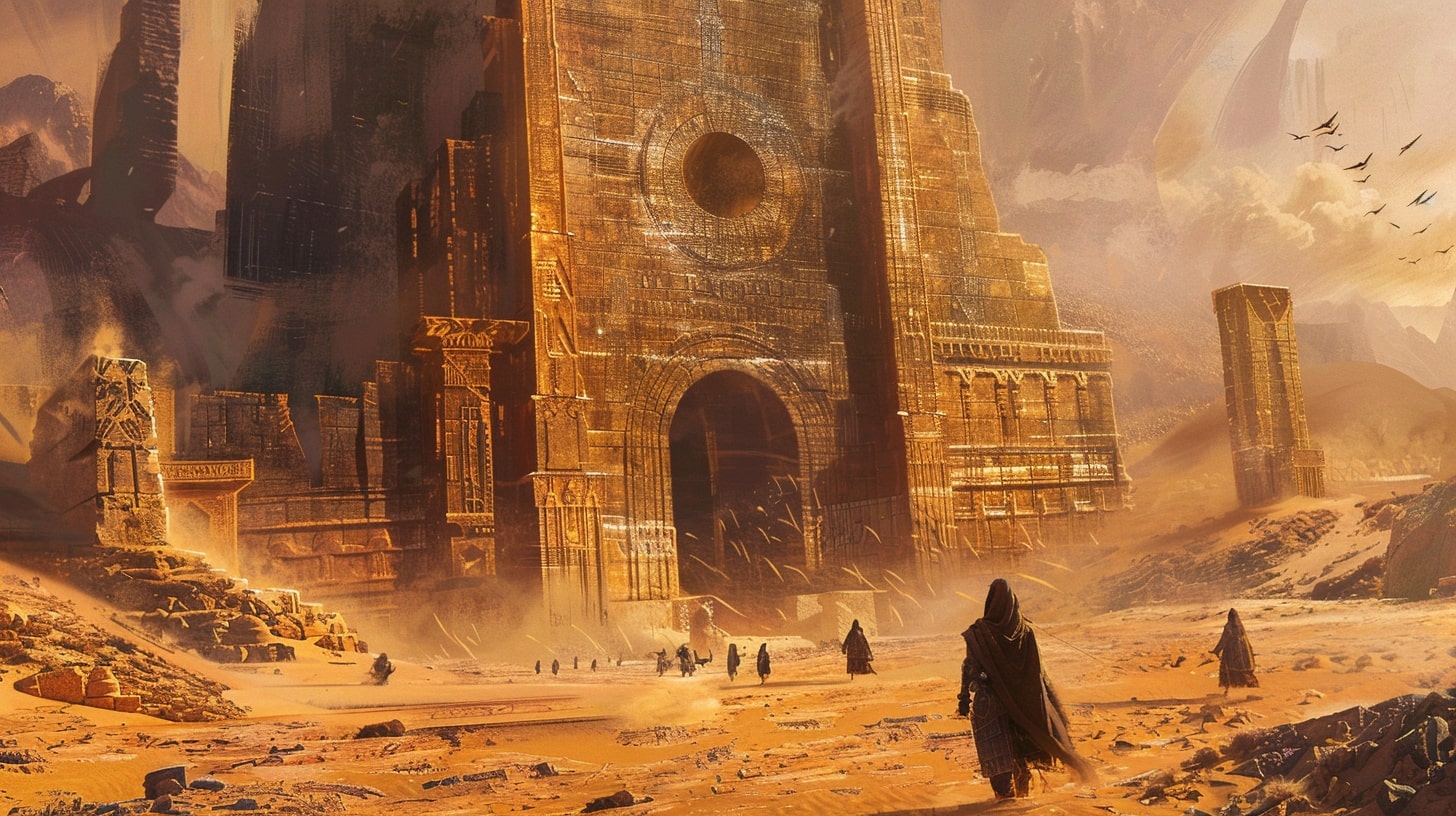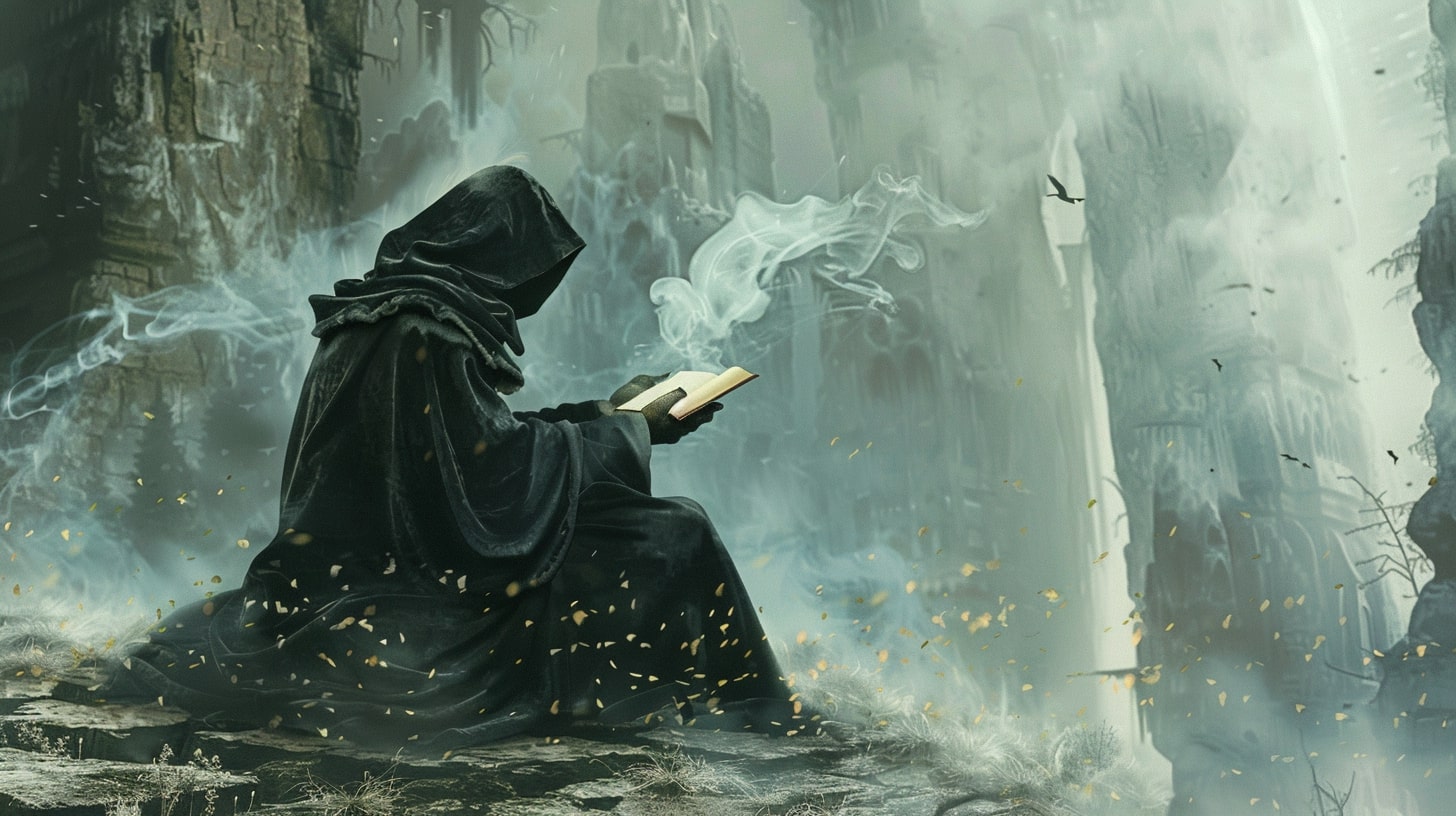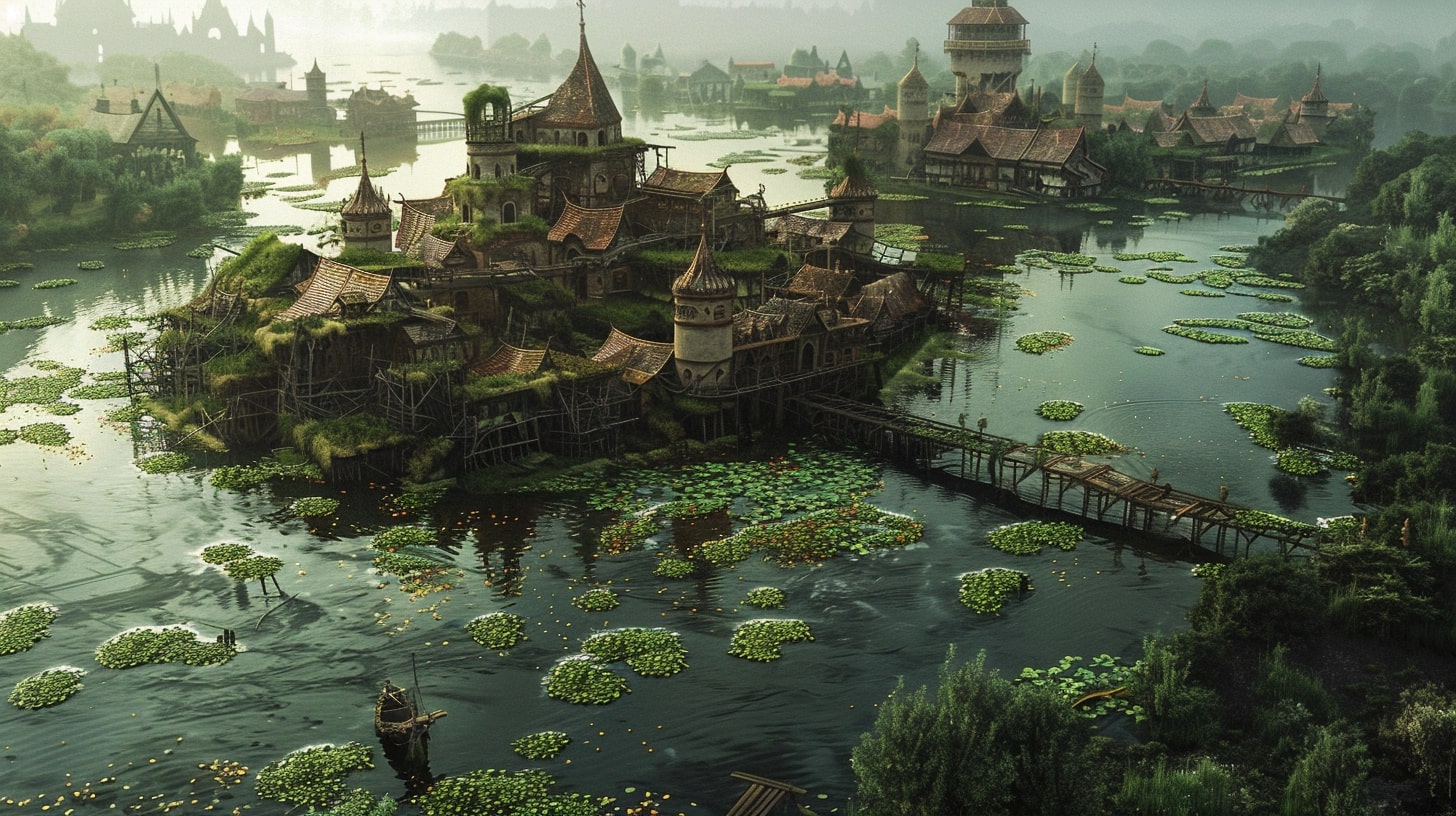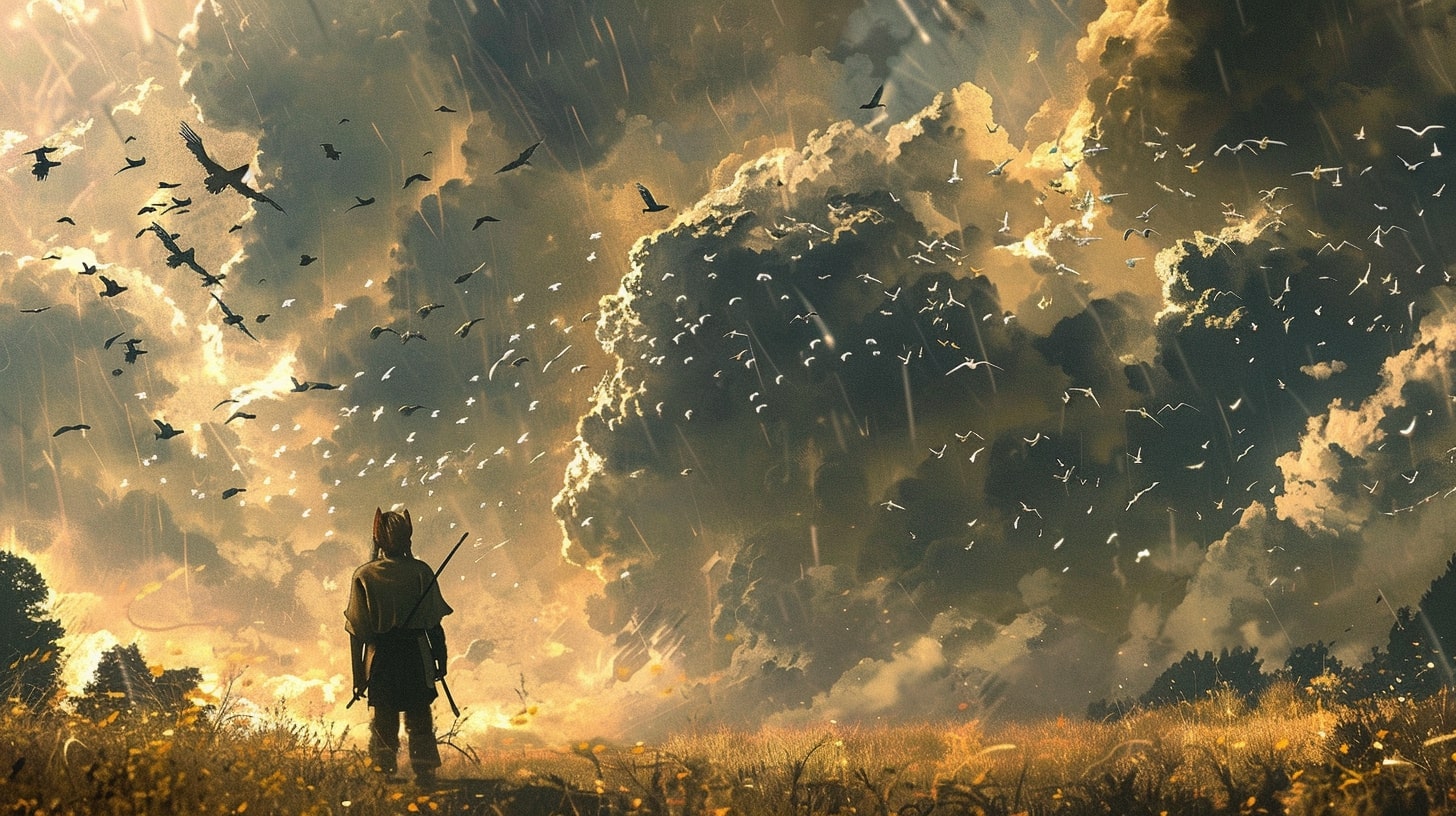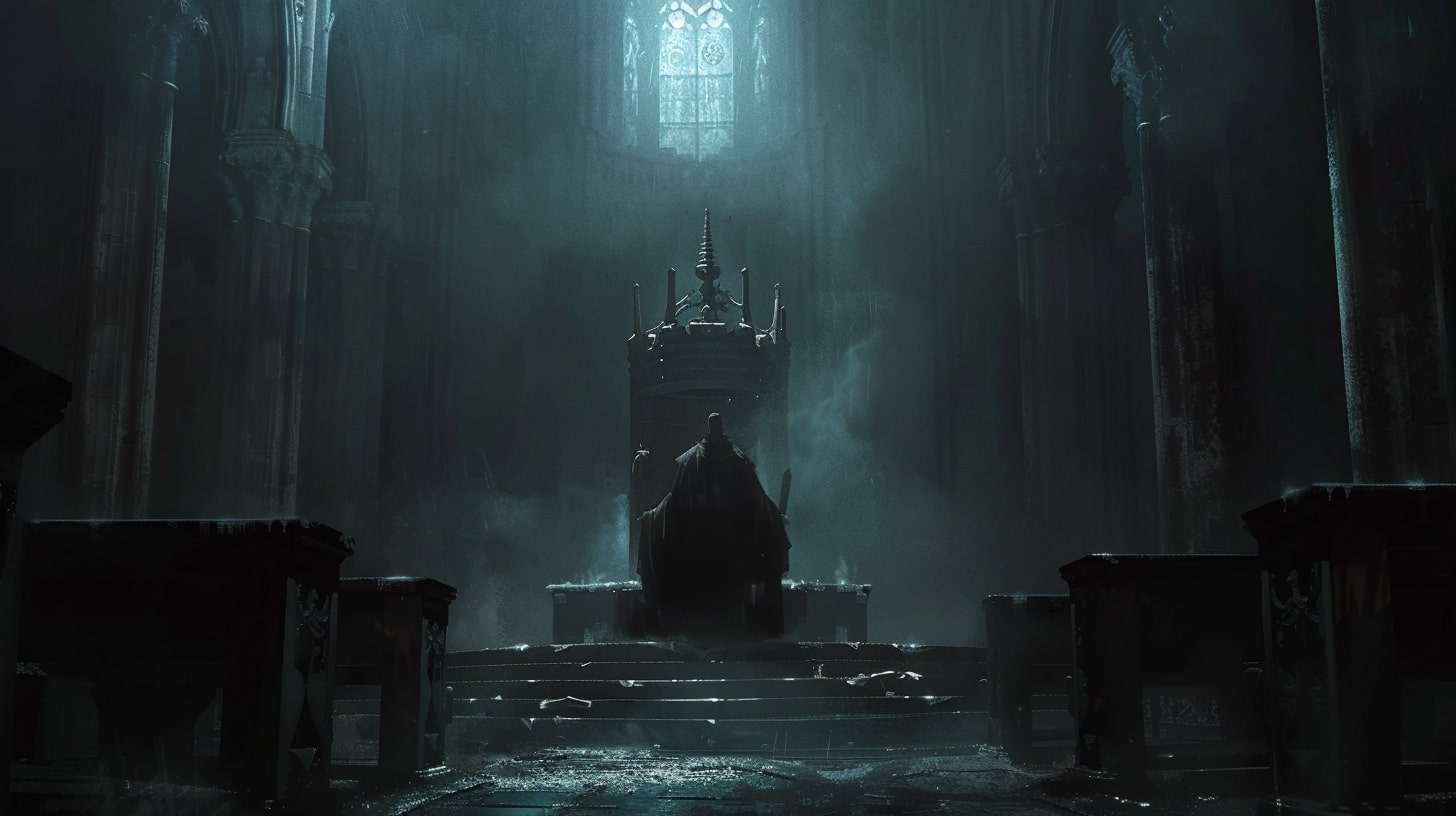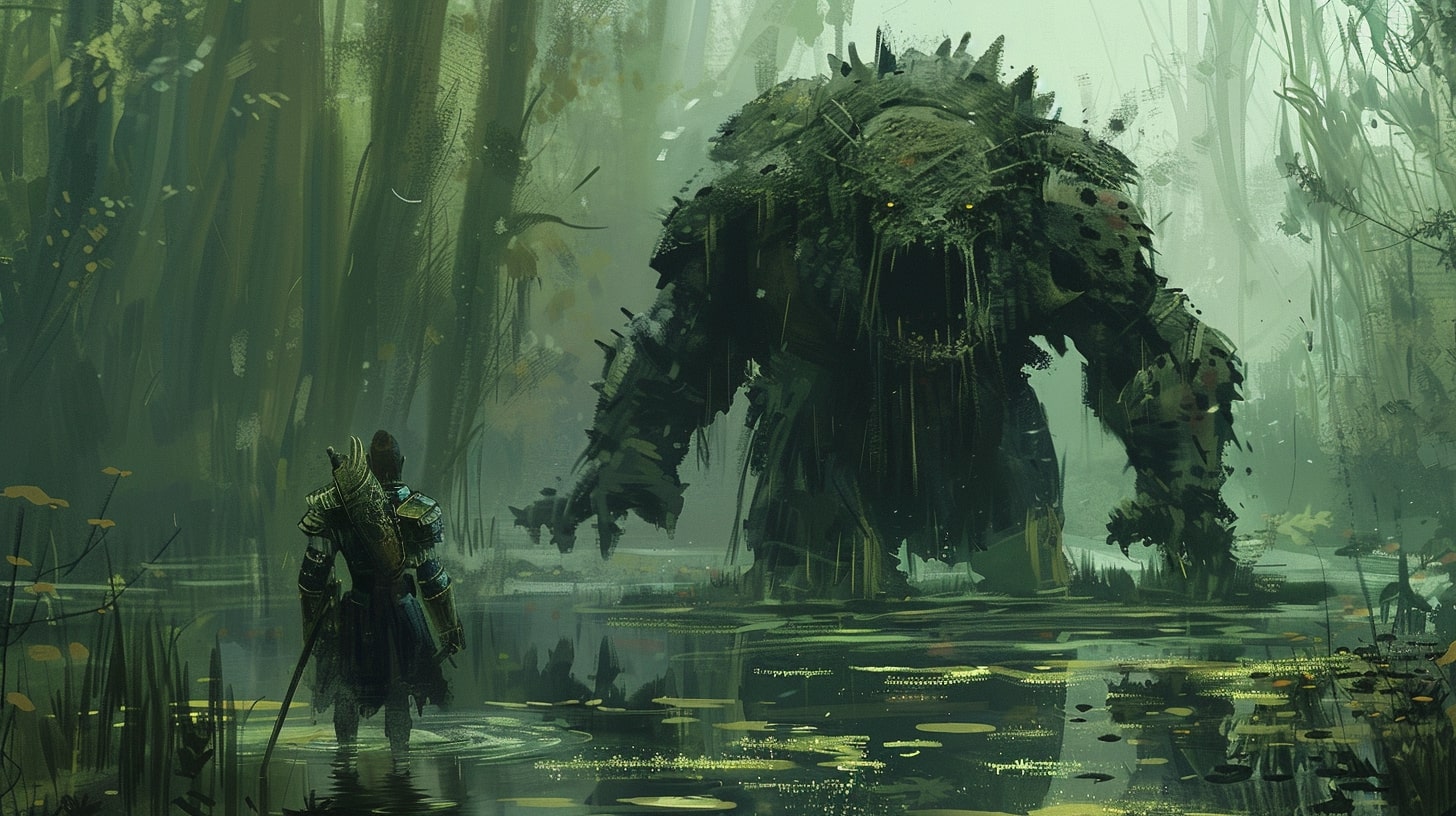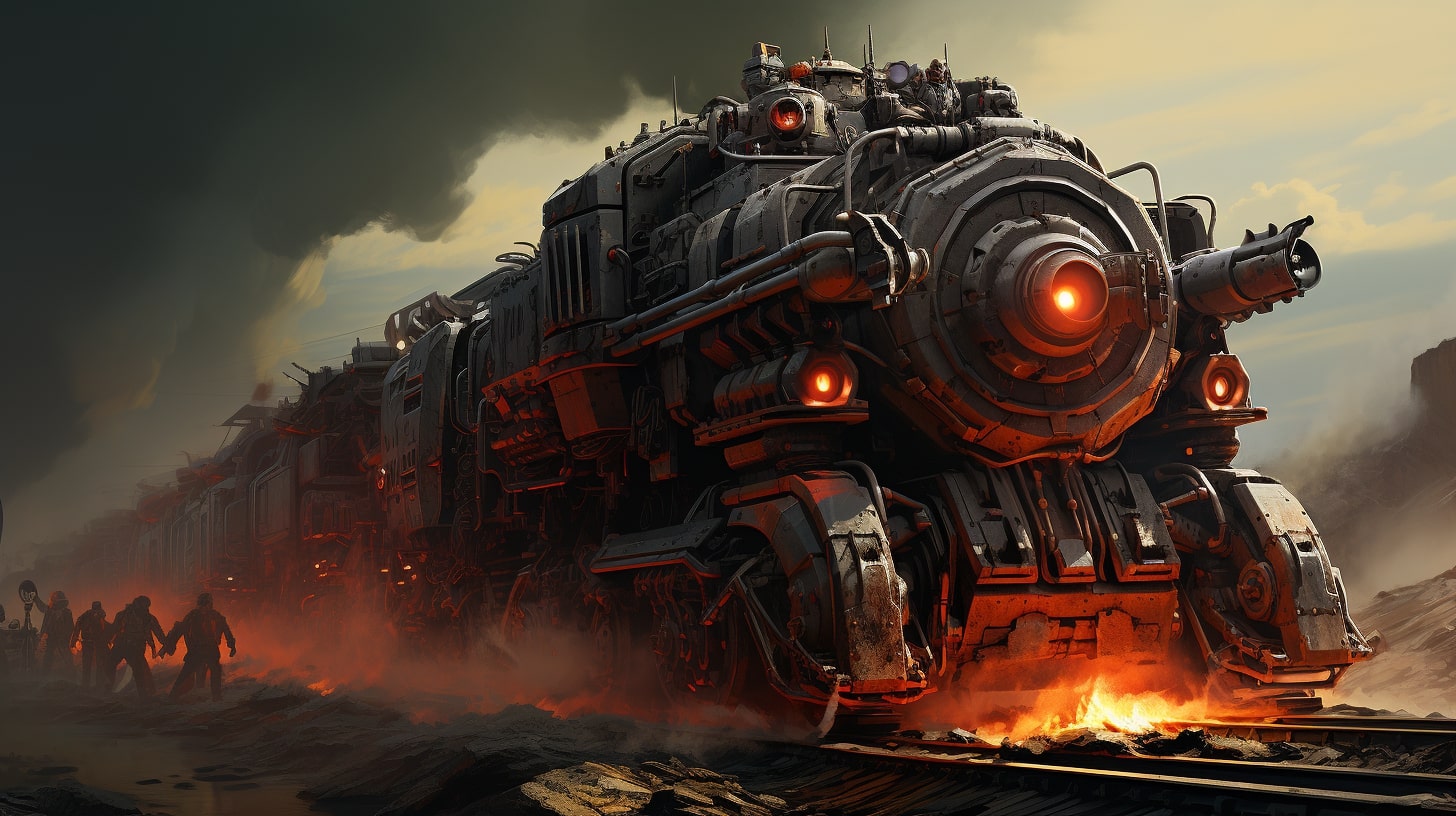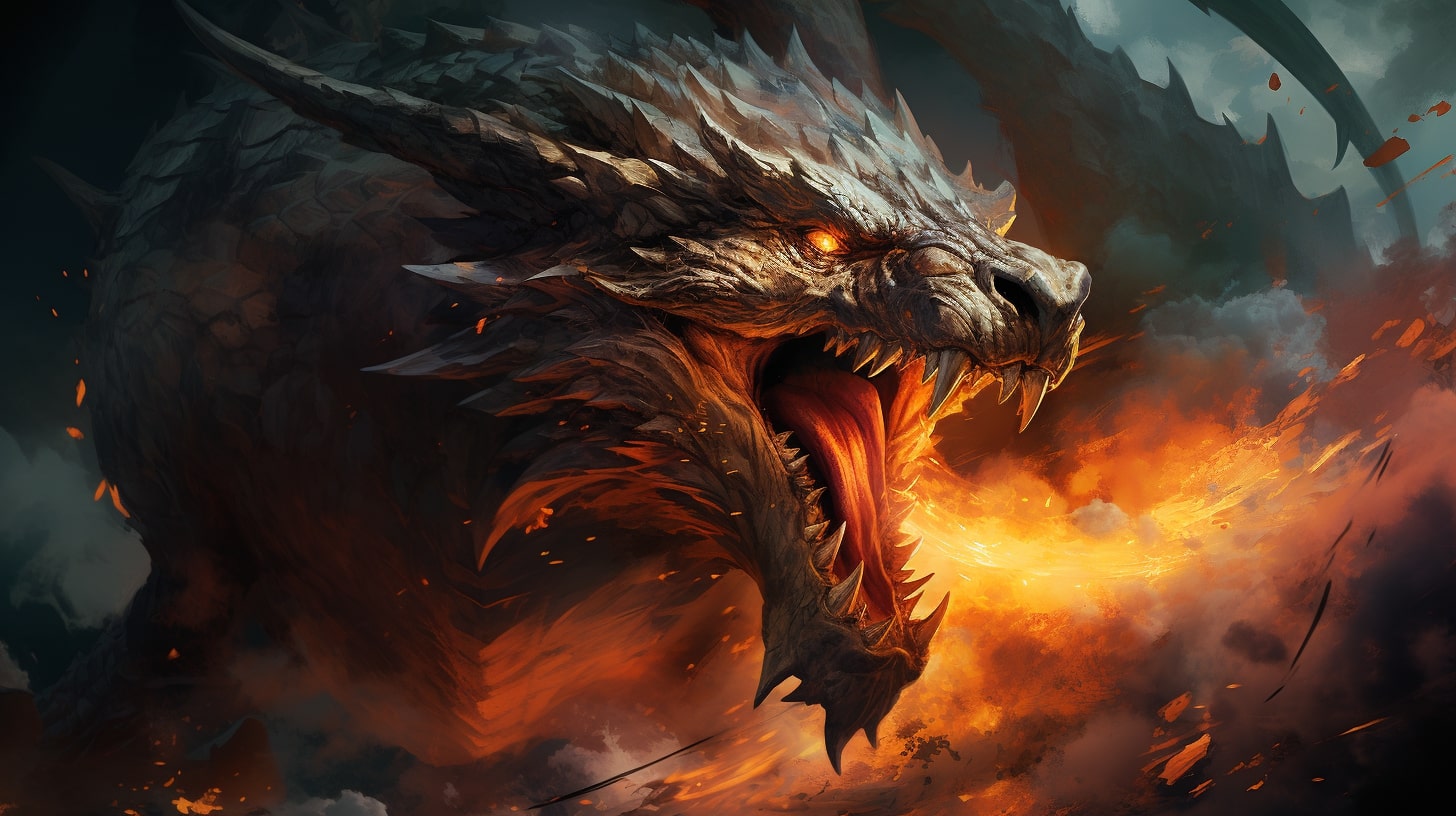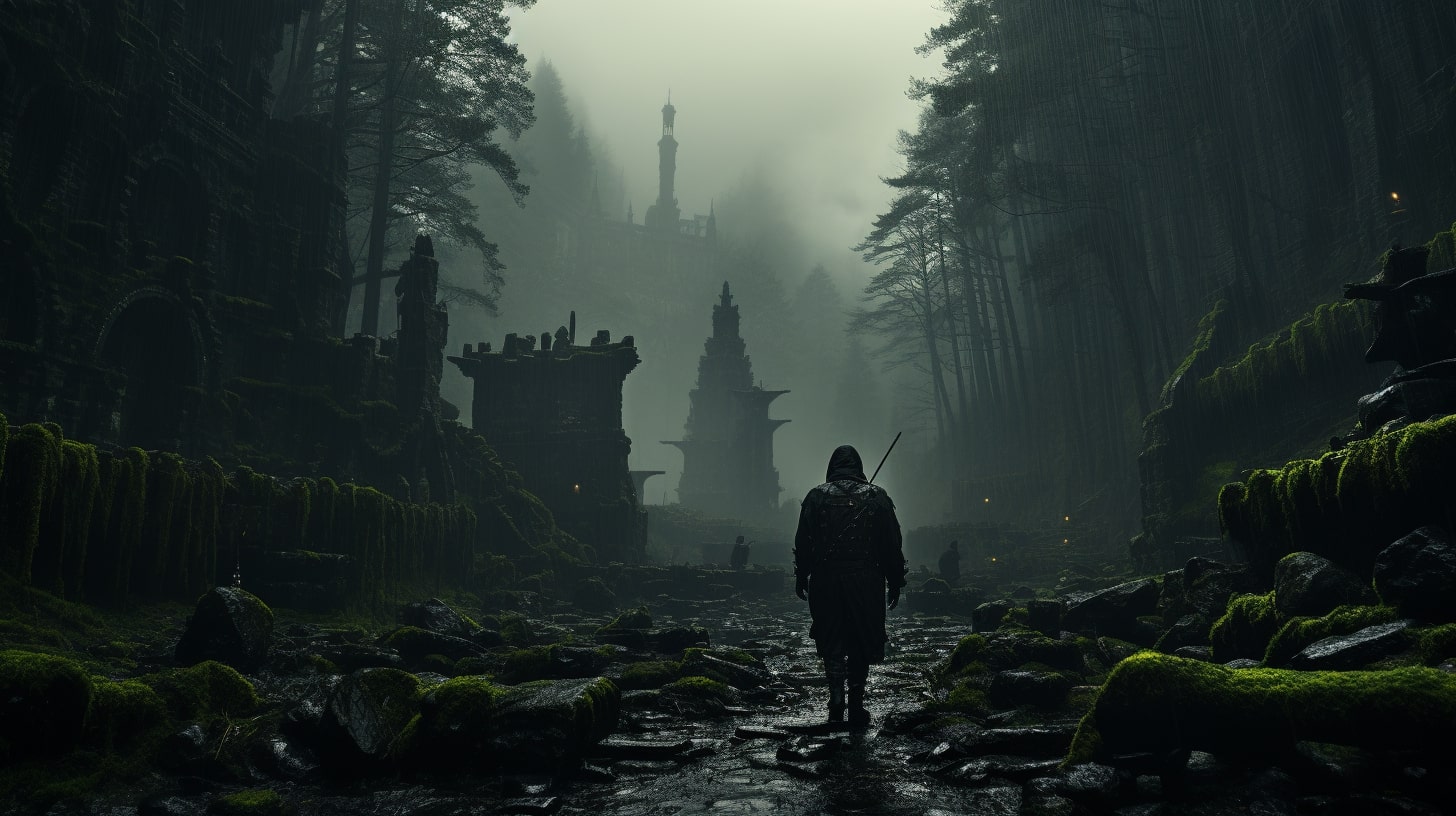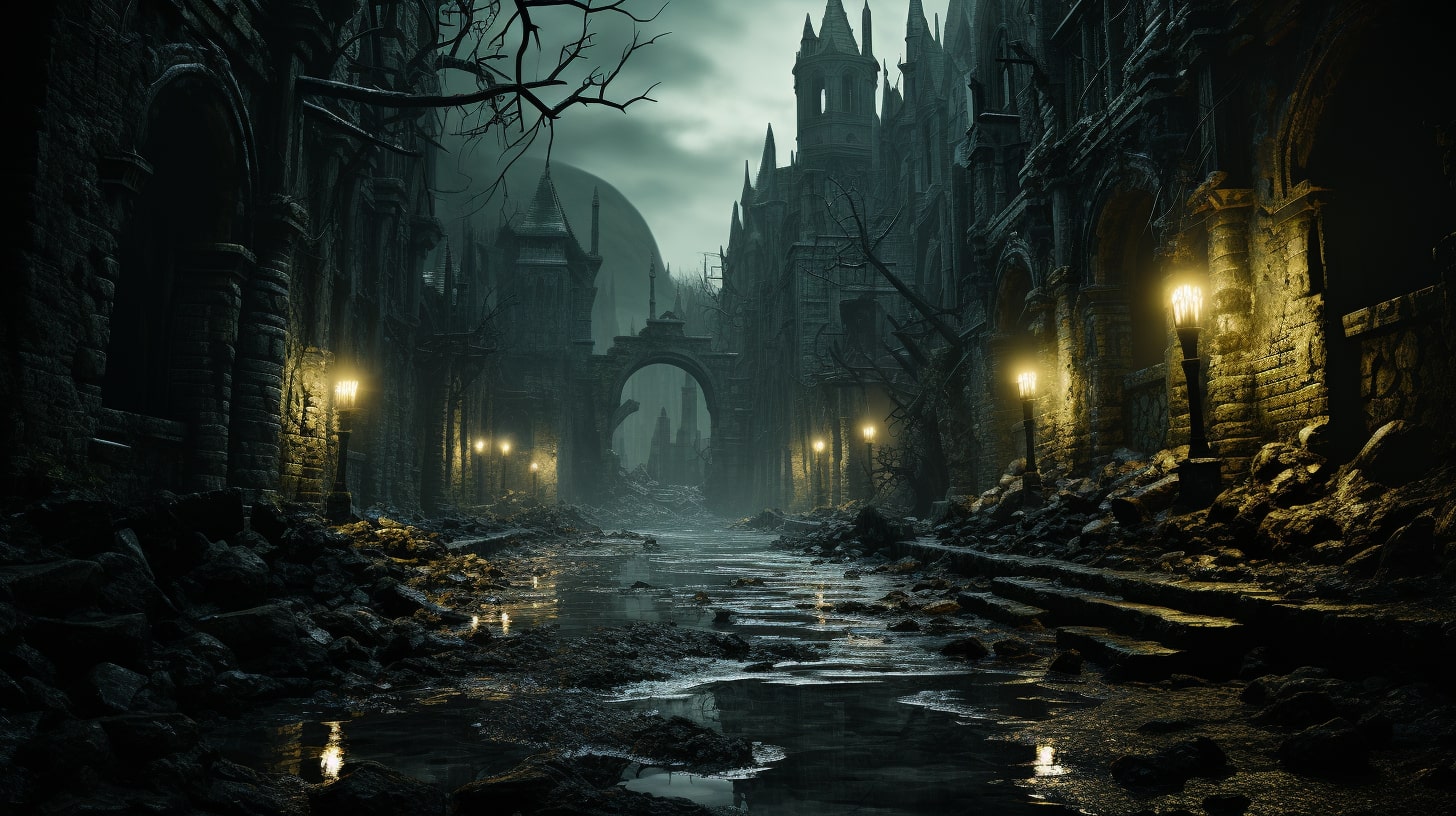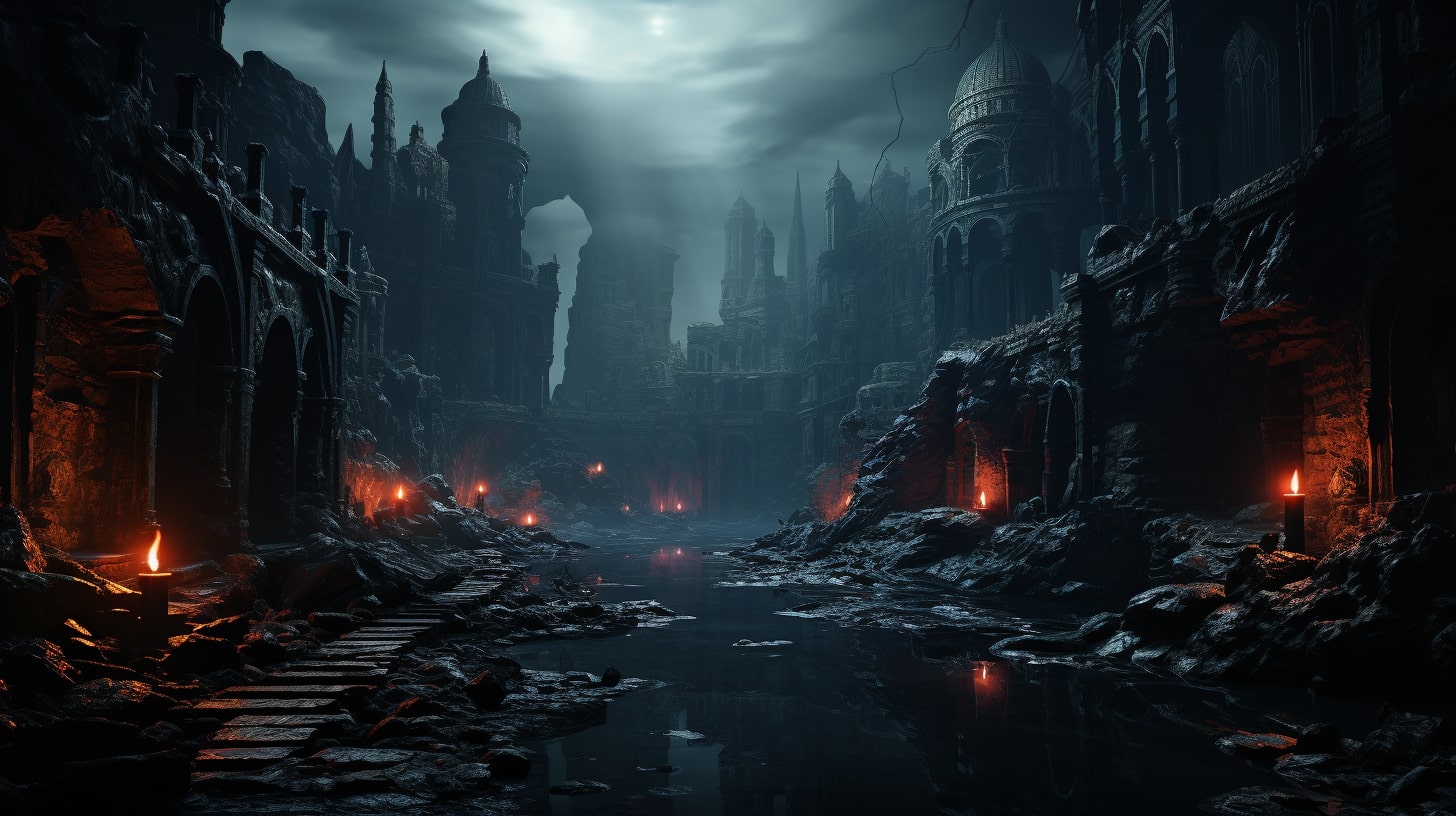Introduction to Worldbuilding
Welcome to the exciting world of worldbuilding! As a fantasy author, you have the power to create rich and immersive worlds that captivate readers and bring your stories to life.
Like with everything else in life it’s important that we start with the basics. I know it’s tempting to jump right into the hard and complex stuff but if you ignore the worldbuilding basics you’ll find that you’ve built a world on quicksand.
And it will quickly sink.
The Importance of Worldbuilding in Epic Storytelling
Worldbuilding is the process of constructing an imaginary world, complete with its own geography, cultures, history, and more. It is a vital aspect of epic storytelling, as it sets the stage for your characters and plot to unfold. By creating a well-developed and believable world, you can engage readers and transport them to a realm filled with wonder, adventure, and endless possibilities.
A meticulously crafted world can add depth and authenticity to your story, making it more immersive and relatable. It allows readers to escape reality and explore new realms, while still resonating with universal themes and emotions. Through worldbuilding, you have the opportunity to create a unique and memorable reading experience.
What is Worldbuilding?
Worldbuilding involves constructing every aspect of your fictional world, from its physical geography to its cultural customs. It requires careful consideration of various elements, such as the setting, rules, geography, cultures, characters, and conflicts that shape your world.
Setting: Creating a believable and vivid setting is the foundation of worldbuilding. This includes developing the physical environment, climate, architecture, and other elements that define the world. For guidance on creating an immersive setting, check out our article on worldbuilding geography.
Rules: Every world operates by its own set of rules, whether they are magical laws, societal norms, or natural phenomena. Establishing these rules helps maintain consistency and coherence within your world. For inspiration on crafting a magic system, explore our article on worldbuilding magic system.
Geography: The geography of your world shapes its landscapes, ecosystems, and natural resources. Mapping out the geography provides a visual representation of your world and influences the journeys of your characters. For tips on creating detailed maps, take a look at our article on worldbuilding maps.
Cultures: Cultures and societies bring life to your world, influencing the beliefs, customs, traditions, and social structures of its inhabitants. Crafting diverse and believable cultures adds depth and realism to your storytelling. Explore our article on worldbuilding cultures for guidance on creating vibrant societies.
Characters: Characters are the heart of any story, and they should be shaped by the world in which they exist. Developing their backstories, motivations, and interactions with the world helps create well-rounded and relatable characters. For more insights on building compelling characters, check out our article on worldbuilding characters.
By investing time and effort into worldbuilding, you lay the groundwork for an epic tale that will captivate readers and leave them craving more. So let your imagination soar and unleash the power of worldbuilding in your storytelling journey!

Worldbuilding Basics: Building the Foundation
In the realm of worldbuilding, creating a believable setting and establishing the rules of the world are vital steps in crafting an immersive and captivating story. These foundational elements lay the groundwork for the entire narrative and help readers suspend their disbelief. Let’s explore these key aspects in more detail.
Creating a Believable Setting
To bring your world to life, it’s crucial to develop a setting that feels authentic and coherent. Start by considering the geography, climate, and landforms of your world.
Think about the terrain, whether it’s lush forests, towering mountains, or sprawling deserts. This information will not only shape the physical appearance of your world but also influence the cultures, societies, and conflicts within it.
The Voidmoor on Tempesta is a perfect example of this.
Next, consider the architecture and technology present in your world. Are the cities adorned with intricate, medieval-style structures, or do they showcase futuristic designs? This attention to detail will help readers visualize the world and immerse themselves in its beauty and complexity. For more guidance on building believable settings, check out our article on worldbuilding geography.
Establishing the Rules of the World
In order to maintain consistency and believability, it’s essential to establish the rules that govern your world. These rules encompass the laws of physics, the limits of magic, and the capabilities of technology. By defining these boundaries, you create a framework that guides the actions and behaviors of your characters.
Consider the magic system in your world. Determine the source of magic, its limitations, and the ways in which it can be used. By doing so, you ensure that magic is not an all-powerful force that solves every problem, but rather a tool with its own set of rules and consequences. For more insights on developing a magic system, refer to our article on worldbuilding magic system.
Additionally, think about the political structure and social dynamics in your world. How do different societies interact? Are there power struggles, alliances, or conflicts? Understanding the political landscape will help you craft compelling narratives and create tension within your story. Discover more about worldbuilding politics in our article on worldbuilding politics.
By building a strong foundation through a believable setting and established rules, you lay the groundwork for a rich and immersive world. These elements will not only captivate readers but also provide a solid framework for your storytelling. So, grab your pen, unleash your imagination, and embark on the journey of worldbuilding for your epic tale!
Developing the Geography
To create a captivating world in your storytelling, developing the geography of your fictional realm is essential. This involves mapping out the world and creating unique landforms and environments that contribute to the richness and believability of your setting.
Mapping out the World
Before delving into the details of your world’s geography, it’s important to have a clear understanding of its overall layout. Mapping out your world allows you to visualize the different regions, continents, and bodies of water that make up your fictional realm.
Consider the size and shape of your world, as well as its climate zones and natural features. Are there vast mountain ranges, sprawling forests, or expansive oceans? By mapping out these elements, you can establish a cohesive and realistic world that readers can easily navigate.
Creating a map can also help you keep track of the locations and distances between different places in your story. This can be especially helpful when your characters embark on epic journeys or interact with various cultures and societies throughout your world.
Unique Landforms and Environments
To make your world feel authentic and captivating, it’s essential to create unique landforms and environments. Think about what makes your world distinct from the real world and incorporate those elements into your storytelling.
Consider the diversity of terrain and ecosystems within your world. Are there lush rainforests, arid deserts, or frozen tundras? What about unique landforms like towering cliffs, mystical caves, or hidden waterfalls? Incorporating a variety of landscapes can add depth and intrigue to your world.
Furthermore, consider how the geography of your world influences the cultures, societies, and creatures that inhabit it. For example, a society living in a harsh desert environment may have developed unique survival techniques and traditions. By intertwining the geography and culture, you can create a more immersive and believable world.
Remember to maintain consistency in your geography throughout your storytelling. Make note of the locations and features you establish early on and ensure they remain consistent as your narrative progresses.
By developing the geography of your world and mapping out its various regions, as well as incorporating unique landforms and environments, you can create a rich and immersive setting that enhances your storytelling. So grab a pen and paper, let your imagination soar, and bring your world to life!
Crafting the Culture and Society
In the realm of worldbuilding, crafting believable cultures and societies is a crucial aspect that adds depth and richness to your fictional world. By creating societies that feel authentic and grounded, you can immerse your readers in a world that feels alive and vibrant.
Creating Believable Societies
When designing societies for your world, it’s important to consider various factors that shape their structures and values. Start by contemplating the geographical location of your society. Is it a coastal city, a nomadic tribe in the desert, or a secluded forest village? Geography plays a significant role in shaping the lifestyles, economies, and customs of different societies.
Next, think about the social structure and hierarchy within your society. Are there distinct social classes? How do they interact with each other? Consider the roles of individuals within the society, such as leaders, warriors, artisans, and scholars. Understanding the dynamics of power and social roles will add depth to your world and create opportunities for interesting conflicts and interactions.
Additionally, consider the values, beliefs, and norms of your societies. What are their core principles? Do they have specific rituals or ceremonies? Are there any taboos or cultural practices unique to their society? Exploring these aspects will help you create societies that feel authentic and distinct.
Cultural Customs and Traditions
Cultural customs and traditions are essential components of any society. They shape the everyday lives of individuals and provide a window into their values and worldview. When crafting these customs and traditions, consider the following elements:
Greetings and etiquette: How do people greet each other? Are there specific gestures or phrases used? What are the rules of etiquette in different social situations?
Festivals and celebrations: What are the major festivals and celebrations in your society? How are they celebrated? Do they have religious or historical significance?
Family and marriage: What are the family structures and marriage customs? Are there specific rituals or ceremonies associated with marriage and family life?
Art, music, and storytelling: What forms of art, music, and storytelling are valued in your society? How do they reflect the cultural identity and values?
Food and cuisine: What types of food are commonly consumed? Are there specific culinary traditions or dishes associated with your society?
By carefully crafting these cultural customs and traditions, you can add depth and authenticity to your societies, making them more relatable and engaging for your readers.
Remember, worldbuilding is a creative process that requires imagination and attention to detail. Take inspiration from real-world cultures while adding your unique twists and elements. By investing time in crafting believable societies with rich cultural customs and traditions, you can create a vibrant and immersive world that captivates your readers.
Breathing Life into Characters
To truly bring your world to life, it’s essential to breathe life into your characters. Characters are the heart and soul of any story, and by developing their backstories and motivations as well as ensuring diversity and representation in your world, you can create compelling and relatable individuals that your readers will connect with.
Character Backstories and Motivations
When creating characters for your world, it’s important to go beyond their physical appearance or role in the story. Dive deep into their backstories to understand their past experiences, upbringing, and how these factors have shaped them into who they are today. This will add layers of complexity and depth to your characters, making them more believable and engaging.
Consider their motivations as well. What drives them? What are their goals and desires? Understanding their motivations will not only help you create well-rounded characters but will also guide their actions and decisions throughout the story. By having characters with clear motivations, you can create conflicts and dilemmas that drive the plot forward.
Remember to ensure that each character’s backstory and motivations are consistent with the rules and dynamics of your world. This will help maintain the overall coherence and believability of your story.
Diversity and Representation in the World
In order to create a rich and inclusive world, it’s crucial to incorporate diversity and representation in your characters. The world you build should reflect the real world, with a wide range of backgrounds, cultures, ethnicities, genders, sexual orientations, and abilities.
Including diverse characters not only makes your world more realistic but also allows readers from different backgrounds to see themselves represented in your story. This can foster a sense of connection and empathy, creating a more inclusive reading experience.
When introducing diversity, it’s important to do so respectfully and avoid stereotypes. Take the time to research and understand the cultures and identities you wish to include, and avoid relying on clichés or harmful tropes. Treat each character as an individual with their own unique traits and experiences.
By incorporating diverse characters and exploring their perspectives, you can enrich your world and create a more engaging and inclusive story.
As you continue to develop your world, remember that characters are the vessels through which your readers experience your world. By investing time and effort into crafting their backstories, motivations, and ensuring diversity and representation, you can create characters that come to life and captivate your readers’ imaginations.
Weaving in Magic and Mythology
To create a captivating and immersive world, weaving in elements of magic and mythology can add depth and intrigue to your storytelling. These two components can greatly enhance the overall worldbuilding experience and make your fantasy world come alive. Let’s explore how you can develop a compelling magic system and incorporate mythology and legends into your world.
Developing a Magic System
A well-developed magic system adds a sense of wonder and excitement to your world. When creating a magic system, consider the following elements:
- Source of Magic: Determine where magic originates from in your world. Is it derived from natural forces, deities, or an ancient artifact?
- Rules and Limitations: Establish clear rules and limitations for the use of magic. This helps maintain balance and prevent magic from becoming too overpowering.
- Types of Magic: Define different types or schools of magic that exist in your world. These can include elemental magic, healing magic, necromancy, or telekinesis, among others.
- Training and Skill: Decide how individuals acquire and develop magical abilities. Is it an innate talent, or can anyone learn magic with proper training?
- Consequences and Costs: Explore the consequences and costs associated with using magic. This can add depth to your characters and create tension in their decision-making.
By carefully crafting your magic system, you can create a unique and believable framework for the use of magic within your world. For more inspiration and guidance, check out our article on worldbuilding magic system.
Incorporating Mythology and Legends
Mythology and legends breathe life into your world, giving it a rich history and cultural depth. Incorporating these elements can add a sense of mystery, tradition, and wonder. Consider the following tips when incorporating mythology and legends:
- Creation Myth: Develop a creation myth that explains the origins of your world. This myth can shape the beliefs, values, and customs of the cultures within your world.
- Legendary Figures: Introduce legendary figures or heroes who have shaped the course of history. These figures can become sources of inspiration, awe, or even fear for your characters.
- Folklore and Folktales: Create folklore and folktales that are passed down through generations. These stories can provide insights into the cultural values, morals, and traditions of your world.
- Religious Beliefs: Explore the religious beliefs and rituals practiced by different cultures in your world. This can add depth to your characters and offer opportunities for conflict or unity.
- Mythical Creatures: Introduce mythical creatures and beasts that roam your world. These creatures can be inspired by existing folklore or entirely unique to your world.
Incorporating mythology and legends into your worldbuilding allows you to tap into the imaginations of your readers and immerse them in a rich tapestry of storytelling. For further guidance on worldbuilding, check out our article on worldbuilding for fantasy.
By developing a captivating magic system and incorporating mythology and legends, you can unleash the full potential of your worldbuilding and create an epic storytelling experience for your readers.
Creating Conflict and Tension
To make your world come alive and engage readers, it’s essential to incorporate conflict and tension into your worldbuilding. By introducing power struggles and politics as well as natural and supernatural threats, you can create a dynamic and captivating narrative that keeps your readers on the edge of their seats.
Power Struggles and Politics
Power struggles and politics are integral components of any well-developed fictional world. They add depth and complexity to your story, showcasing the intricacies of societal dynamics and the pursuit of power. Consider creating rival factions, political alliances, or a monarchy grappling with internal conflicts. These elements can drive the plot forward, creating compelling storylines and engaging character arcs.
When crafting power struggles and politics in your world, it’s crucial to establish the motivations and goals of your key players. Each faction or character should have their own agenda, and their actions should reflect their desires and ambitions. This will result in realistic and relatable conflicts that resonate with your readers.
Natural and Supernatural Threats
In addition to power struggles and politics, incorporating natural and supernatural threats into your world can heighten the stakes and inject excitement into your narrative. Natural threats can include severe weather conditions, dangerous wildlife, or geographical obstacles that pose challenges to your characters. These threats can create a sense of urgency and drive your characters to take action.
Supernatural threats, on the other hand, can introduce elements of magic, mythical creatures, or otherworldly phenomena. These threats can range from malevolent sorcerers to ancient curses, adding an element of mystery and danger to your world. By infusing supernatural elements into your world, you can create a sense of wonder and keep readers captivated.
To fully realize the impact of these threats, it’s important to establish their origins and implications within your world. Consider the consequences of these threats on your characters and the overall balance of power. This will enable you to develop intricate plotlines and create tension that propels your story forward.
By incorporating power struggles and politics as well as natural and supernatural threats into your worldbuilding, you can create a rich and immersive world that captivates your readers. Remember to balance these elements with other aspects of worldbuilding to ensure a well-rounded and cohesive narrative. Explore more worldbuilding techniques and resources at obsidiantavern.com.
Utilizing Worldbuilding in Storytelling
As a fantasy author, worldbuilding is an essential tool in creating immersive and captivating narratives. It allows you to transport your readers to a unique and vibrant world filled with rich detail and fascinating cultures. To effectively utilize worldbuilding in your storytelling, consider the following aspects: integrating worldbuilding into the narrative and balancing worldbuilding and plot progression.
Integrating Worldbuilding into the Narrative
To seamlessly integrate worldbuilding into your narrative, show rather than tell. Instead of overwhelming your readers with lengthy exposition, reveal details about your world organically through character actions, dialogue, and vivid descriptions. By immersing your characters in the world you’ve created, you can gradually introduce its various elements, such as its geography, cultures, and history.
Consider using sensory details to bring your world to life. Describe the sights, sounds, smells, and textures of your setting, allowing readers to truly immerse themselves in the world you’ve crafted. Additionally, use dialogue to reveal cultural customs, traditions, and unique expressions, providing insights into the social dynamics and values of your fictional societies.
By seamlessly integrating worldbuilding into your narrative, you can engage your readers and keep them invested in your story while simultaneously expanding their understanding of your world.
Balancing Worldbuilding and Plot Progression
While worldbuilding is important, it’s crucial to strike a balance between developing your world and advancing the plot. Avoid excessive exposition that interrupts the flow of the story. Instead, reveal details about your world in a way that serves the plot and character development.
Consider focusing on worldbuilding elements that directly impact the story, such as the magic system, political conflicts, or cultural tensions. These aspects can provide both depth to your world and opportunities for compelling conflicts and plot developments. Remember to prioritize storytelling and ensure that your worldbuilding enhances the narrative rather than overshadowing it.
To maintain a balance between worldbuilding and plot progression, consider the pacing of your story. Introduce worldbuilding details gradually to avoid overwhelming readers with too much information at once. Allow the plot to drive the narrative forward while revealing aspects of your world naturally along the way.
Utilizing worldbuilding effectively in your storytelling will enrich your narrative and captivate your readers. By seamlessly integrating worldbuilding into the narrative and striking a balance between world development and plot progression, you can create a compelling and immersive reading experience that transports your audience to the captivating worlds you’ve created.
